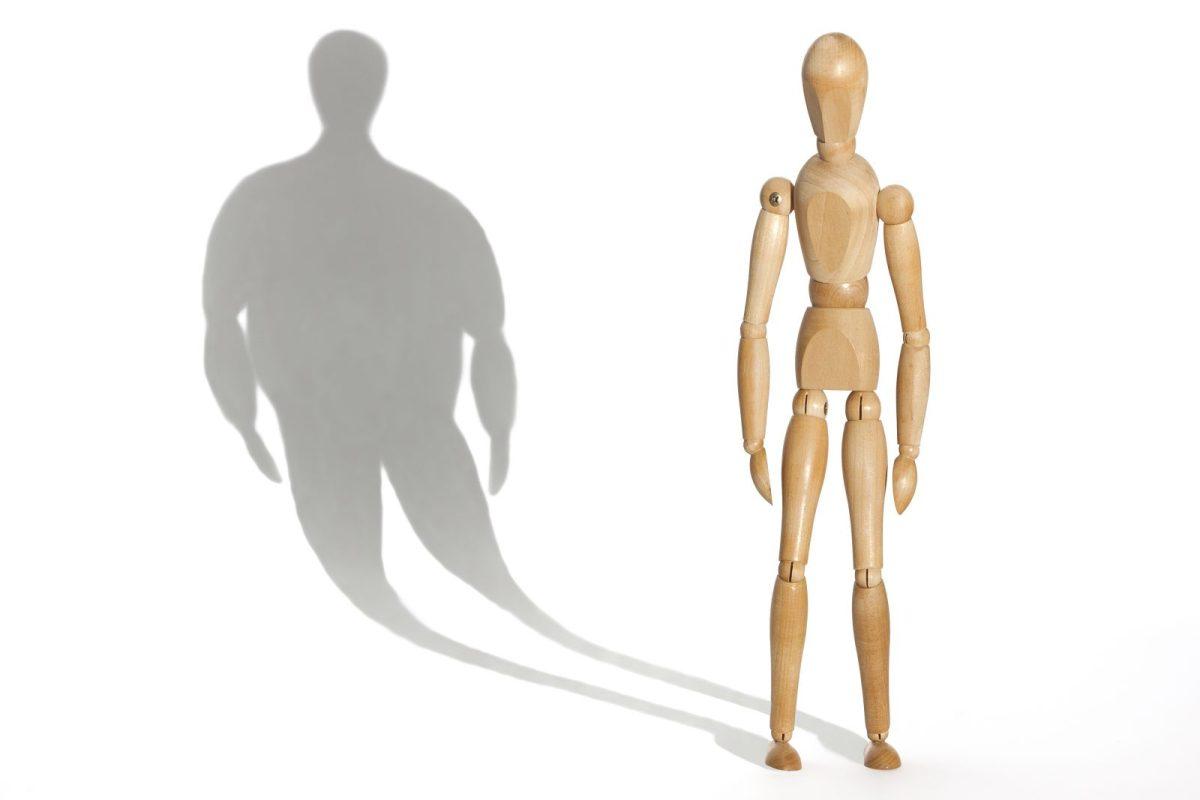I remember puking my guts out, blood and everything, in the student center like it was yesterday. That is because it was. My throwing up is not because of the flu, food poisoning, or any reason that society easily understands. It is bulimia. Society, including school, does not understand why someone would do that everyday. Especially someone who claims to be in recovery. So I keep quiet.
School is the last place to turn for support in regards to eating disorders, because there is virtually no awareness to even get started. Schools have counselors, sure, but they will always refer students to eating disorder specialists, because no one on campus inherently has that field of expertise.
The National Eating DIsorders Association, NEDA, reports 10 to 20 percent of women and 4 to 10 percent of men in college suffer from an eating disorder, and those are just the numbers of those that come forward. According to Sonoma State University’s website, the school fluctuates around 9,000 students enrolled in a given semester. This means about 900 to 1,800 women and 360 to 900 men walking around on our campus pass you by with their secret killer attached at their hip with nowhere to turn because nobody on campus has enough background to provide substantial help.
While the Alcohol Abuse Prevention Center reports 21.5 million Americans suffering with drug abuse, the National Association of Anorexia Nervosa and Associated Disorders (ANAD) reports 30 million are suffering from eating disorders. Mirasol Recovery Centers reports that 91 percent of women surveyed on a college campus have tried to control their food consumption, and 35 percent of those normal dieters progress toward eating disorders. People that develop eating disorders usually do not know the warning signs of the developing addiction before it is too late.
After all, the general public was shocked when musician Caren Carpenter died suddenly after passing out on stage due to anorexia. Caren and her fans did not have prior awareness nor education regarding her eating disorder, partially because she knew just how to hide her addiction until the bitter end. It is easy to hide when the world does not know what this disease really looks like.
The mortality rate associated with eating disorders is 12 times higher than the death rate of all causes of death between the age group of 15-24. For those alive and struggling, the longer they wait to get help the harder it is to get out of the rabbit hole. Each hole looks different. Each reason for committing to the hole is different. Deeper than body confidence issues or pressures from society, eating disorders are for controlling what otherwise seems unmanageable. Yet in the end, the eating disorder is the only one doing the controlling. This very rabbit hole is further deepened by the severe lack of resources.
Schools have a basic understanding of substance abuse. The Drug Abuse Resistance Education program, or D.A.R.E, is used in about 80 percent of American school districts, 54 countries outside the United States and estimated to teach 36 million students a year according to David J. Hanson, Ph.D. Eating disorder awareness groups do not come to schools like D.A.R.E does because there is no mainstream, widespread, education program to do so. As a result, most of schools and society as a whole do not understand that they are both just as life threatening.
People should not have to approach death’s gates to gain the simple tool of knowledge. They should not have to endure so much struggle alone when they try to use it. Widespread basic knowledge needs to be efficiently infiltrated starting with schools, given how often this epidemic begins to surface on campuses themselves.
Awareness and education is the first step to opening doors for recovery and change.



































